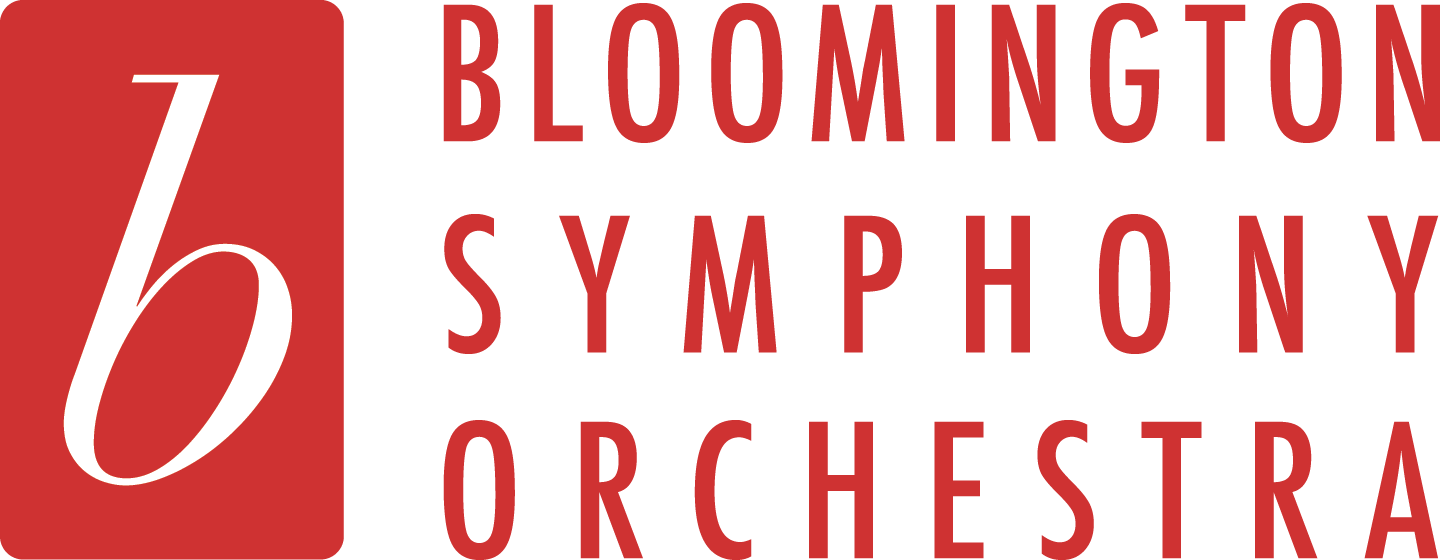Antonín Leopold Dvořák was a strong Catholic and absolutely loved the music of his native Bohemia. Indeed, when one finds an old map of Europe with Bohemia still included (it has since given way to the Czech Republic and surrounding territories), it is clear that it bordered many countries whose traditions with music were, and still are, quite strong. I highly recommend for you, my dear reader, to search for historical Bohemian folk songs on the internet and what you will find is beyond charming. They are songs of joy as well as longing. In other words, they move the soul in a variety of ways. Your humble scribe confesses to listening to them as he writes these notes!
Dvořák enjoyed singing the melodies he knew and playing them on the violin and, like Florence Price, on piano and organ, upon both of which he excelled. This is all to say that young Antonín was an instrumentalist long before composing took hold of him. His father decided young Antonín would be a church organist and enrolled him in a school for the same. Had his father not made this decision, this would likely have denied the world one of the most (if not the most) influential composers who ever lived.
Art finds a way.
Dvořák’s love for music was not limited to the music of his immediate surroundings. He developed a love for the music of Wagner’s operas to the point where he actually played viola in an orchestra for a program of Wagner’s music. The cherry on the sundae was that the composer himself served as conductor for that concert. It was then that Dvořák was inspired to compose, and he drew upon his experiences to write his first composition, the String Quartet in A Minor, Opus 1. One piece led to another and another, and immediate acceptance of his music found its way to the ears of Johannes Brahms who lived in nearby Vienna. Brahms became an instant admirer of young Dvořák’s music. That stamp of approval brought an offer from Simrock, Brahms’s publisher, and Dvořák was on his way to writing chamber music, concerti, operas, choral works, and, of course, nine symphonies. All of this while he found time to travel to the new world and become the head of the National Conservatory of Music of America in New York City. He even made his way to the Midwest and visited our Minnehaha Falls in Minneapolis.
His popular Symphony No. 8 in G major (formerly published as his Symphony No. 4) is a work filled with a richness which appears on the printed page to be somewhat scant orchestration. But we are not deceived by economy. Rather, we hear the middle instruments lay a foundation of beautiful sound that goes from a warm embrace to unabashed joy and explosive climaxes . . . and that’s just the first movement! The second movement has a conversational and story-telling quality that takes a dark turn before it returns to the optimism of a C-major ending, complete with nocturnal trumpet calls, beckoning us to rest. The third movement reminds us that there is always time to dance in Dvořák’s world. He cleverly transitions out of a three pulse to a quickstep of two to close the movement in unprecedented fashion. Once again, the trumpets sound a call as the fourth movement begins, but not for military purposes, as Czech conductor Rafael Kubelik points out. “In Bohemia the trumpets never call to battle—they always call to the dance!” Dvořák surely calls us to move with grace and with fury for this finale to a grand symphony.
The rest of the Musings for “Art Finds a Way” are posted in Manny’s Musings on the Bloomington Symphony website. Join us in person on Sunday, November 23, 2025 at 2 p.m. at the Gideon Ives Auditorium at the Minnesota Masonic Heritage Center, for this concert that will also feature the BSO’s premiere of Florence Price’s Concert Overture No. 1, BSO Principal Oboe Megan Dvorak Werner performing Vaughan Williams’ Concerto for Oboe and Strings and Dvořák’s Symphony No. 8 in G Major, Op. 88.
